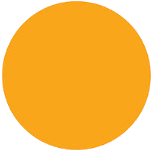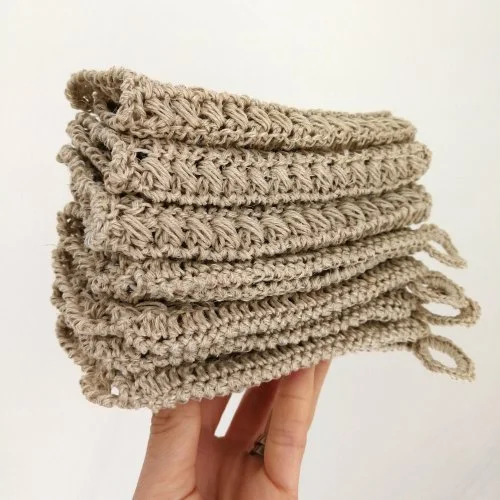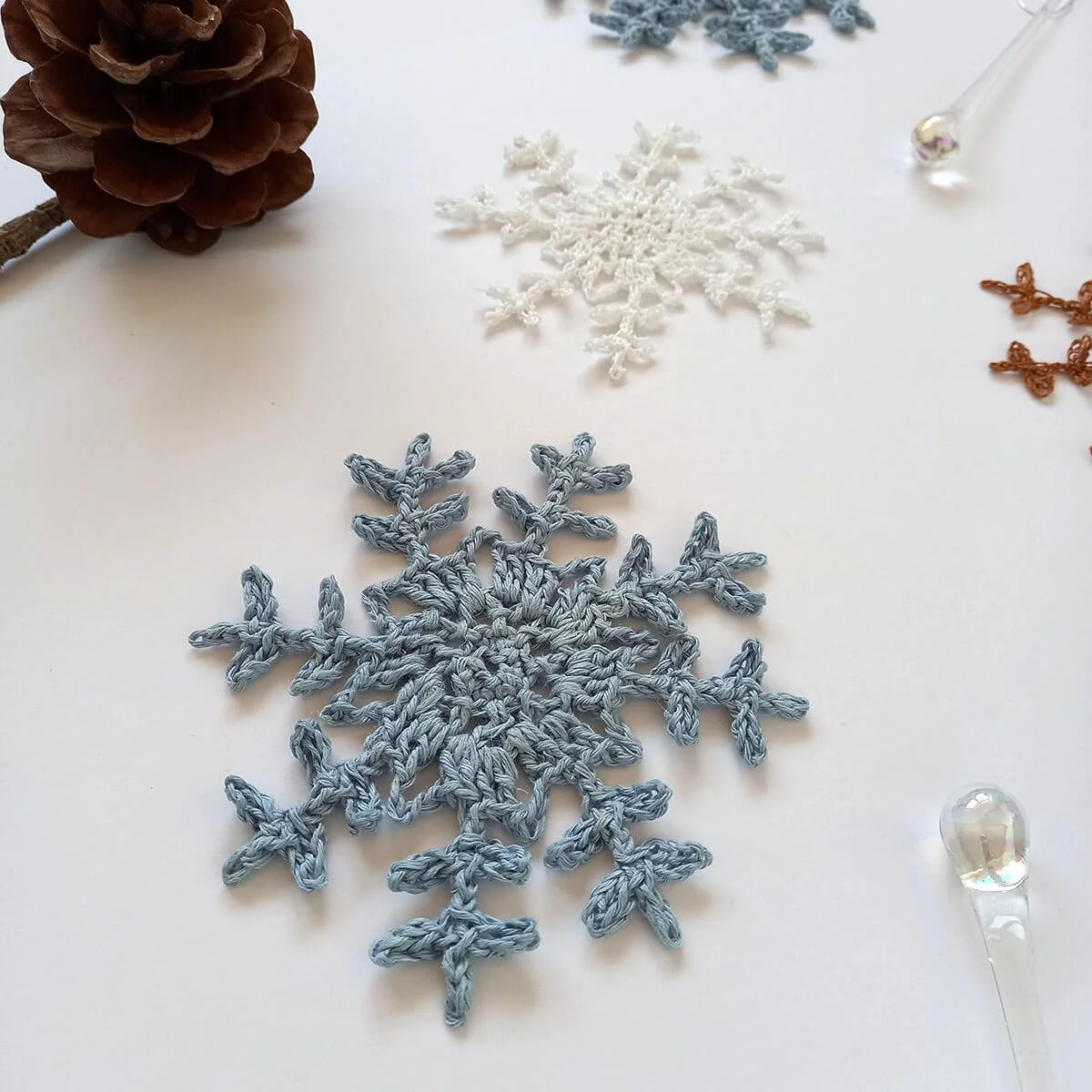How to Make Cleaner with Orange Peels
Switching from store bought cleaning sprays to a natural homemade cleaner is a game changer when it comes to being more sustainable in everyday life. The benefits, listed further down this page, massively out way the time and effort that goes into making your own.
This really easy way to make a multipurpose cleaner with orange peels will have you making it over and over again. It’s so simple and effective you won’t buy another cleaning bottle ever again.
This is my favourite cleaning spray solution. I use it everywhere in the house and I love making it too. The process is very therapeutic and the smell is so yummy and fresh that I don’t want to use anything else.
Why is a Homemade Cleaner More Sustainable?
Why is homemade cleaner with orange peels more sustainable than store bought cleaners?
Check the Ingredients!
Have you ever looked at the ingredients of store bought cleaners? Even the ones that say they are eco friendly tend to have a large list of components that I personally don’t understand. I prefer to use something that I know what the ingredients are, where they have come from and what effects they will have on the environment and our health.
Synthetic Fragrances
Many store bought cleaners have very strong perfumes added to them. These can be irritating and damaging to our health. Natural smells like oranges and lemons are so much better for us and the environment.
It Saves So Much Plastic Packaging
I started making my own cleaning solution in 2020. I saved the last spray bottle that I bought and have kept reusing for this orangey substitute ever since and it’s still working great.
I can’t even imagine how many spray bottles I would have used up to now if I hadn’t been making my own. Far too many!
How to Make Your Own Zero Waste Items
The Ingredients
This recipe is so easy, all we need is three ingredients and that’s it!!
Orange Peels
The star of the show is the orange peel. You can also use lemon or any other citrus fruit that you like. I love using oranges and they are available package free from my local fruit market.
White Vinegar
The second ingredient is white vinegar. You can sometimes find white vinegar in glass bottles in your local supermarket but I buy mine in large plastic bottles instead. I’ve found this to be the most sustainable option for me.
It means I can buy a larger amount of vinegar that makes more cleaning solution than buying store bought cleaners and I can reuse the bottles after.
The glass bottles that vinegar usually comes in aren’t something I would reuse and they contain a much smaller amount of vinegar, so I would need to buy more bottles which defeats half the point.
You may also be able to find package free vinegar in your local zero waste shop. If not, ask them and they may be able to source it.
Water
The main ingredient is water. So easy and simple. :)
Can Essential Oils be Used Instead of Citrus?
Essential oils are a tough subject. They can be wonderful but also damaging. If you want to make your cleaner smell of something else then please consult the files in the Using Essential Oils Safely group on facebook to check which ones would be best for you and your body.
Ok those are the ingredients; let’s get to the actual recipe.
The Recipe
Makes enough to fill an Ecover spray bottle
2-3 Oranges (or enough to fill a small jar with the peels)
200ml White Vinegar (approx)
Water
What Else You Will Need
Repurposed Glass Jar
Repurposed Spray Bottle
Knife
Chopping Board
How To Make It
1. Wash your citrus fruit to make sure they are clean from handling and any dust.
2. Using your chopping board and knife, remove the peel and set aside. I like to cut the top and bottoms off first. Then score the peel into quarters with a small knife and peel each section, to make it really easy and quick.
3. Cut the peel into smaller pieces so that they fit into your jar easier. Don’t worry about the pith, it can stay on the peel. :)
4. Fill your glass jar with the orange peels. The more peel you can get into your jar, the more fragrance you will have in your cleaning solution.
5. Pour the white vinegar into the jar. You want to make sure that the orange peel is completely covered with vinegar.
6. Pop the lid on and leave it to sit for 2-3 weeks in a dark cupboard. In that time, the oils from the orange peel with seep into the vinegar giving it a gorgeous orangey smell.
7. Whilst you wait for the solution to steep, don’t forget to eat the orange :)
Also, now that I have been making this for a while, I have created a routine of setting up the steeping process for the next batch, when I create my cleaning spray with the first batch. This gives it enough time to steep while I used the cleaning spray I’ve already made.
2-3 Weeks Later
Once you have waited 2-3 weeks for the orangey oils to transfer into the vinegar, make a 4:1 (water : vinegar) solution in your spray bottle.
That’s it!!! So easy! :)
Answers to Some of Your Questions
Which Surfaces is this Cleaner Safe on?
I tend to use it everywhere in my home without any problems however vinegar isn’t ok to use on some surfaces. Be careful with granite worktops, marble sinks, aluminium, cast iron and waxed wooden furniture.
Will Vinegar Actually Clean?
Vinegar is a really good multipurpose cleaner because of it’s high acidity. It can cut through soap build up, dirt, limescale and some germs. Which makes it great for cleaning sinks, showers, windows, worktops, coffee machines, kettles, hobs and more.
However it is not a disinfectant. It can only kill or reduce some food borne germs like Salmonella, E. Coli and Listeriosis. It cannot kill all germs.
If you are worried about cleaning your kitchen to kill all germs then you may want to consider making a homemade disinfectant instead. Or make both and use the disinfectant in your kitchen and the vinegar spray everywhere else.
More Questions?
If you have more questions, please pop them in the comments and I will help out as much as I can.














